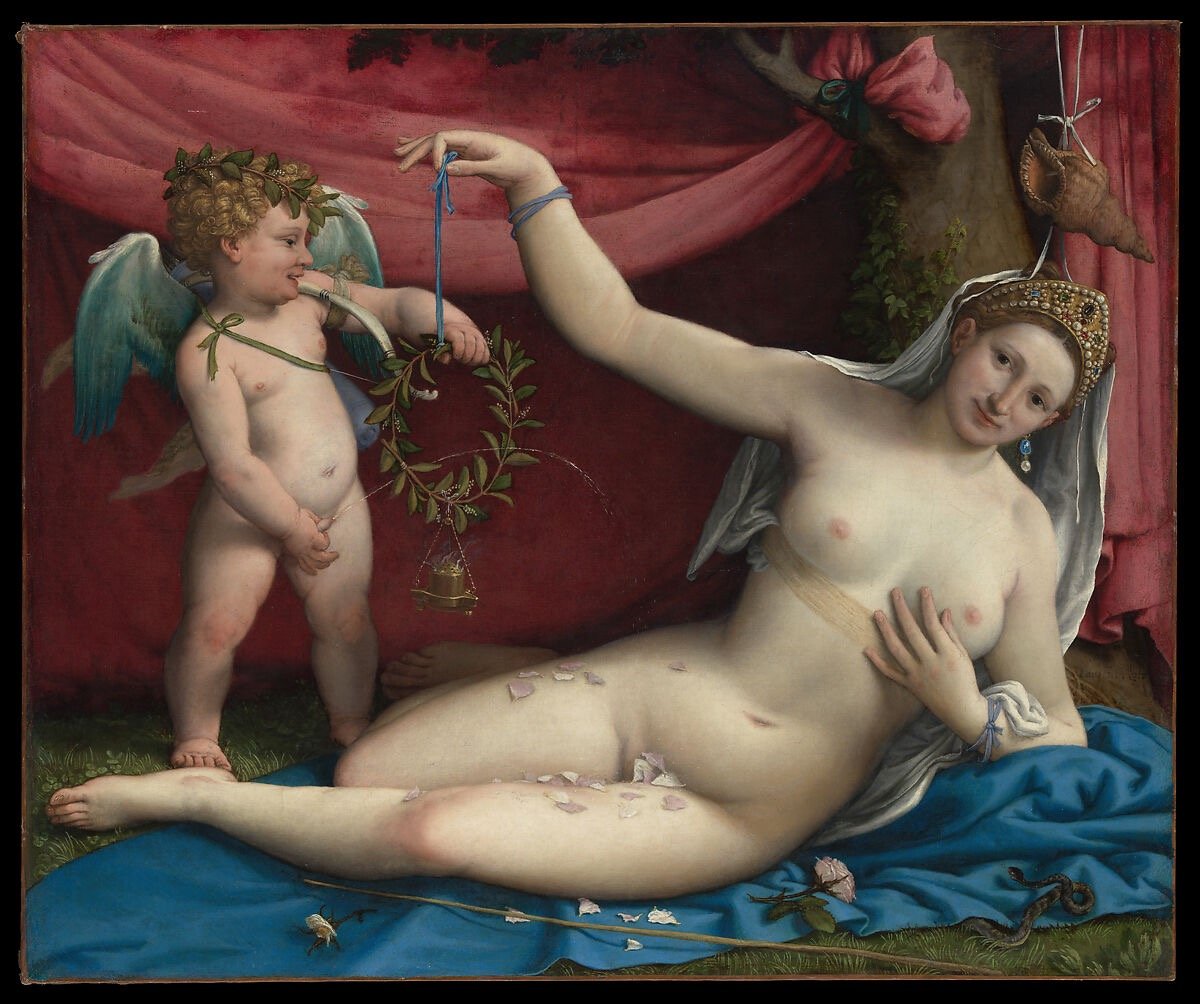Pasta & Painting- Myth Of A Muse
A detail from "Venus Anadyomene" by Titian & Tortellini, a pasta typical of the Emilia-Romagna region in Italy. Pasta is one of life’s greatest pleasures. Art can be too sometimes.
In my opinion, Italy’s history is more accurately reflected by its food rather than its art. Historically, recipes were defined by war, economic status, immigration, availability of resources/ingredients, religion, laws, and regional traditions. These recipes for the most part have not changed for hundreds of years. Art on the other hand, used religion/mythology as a basis, and was funded by the government or citizens belonging to a higher economic class. This tradition was dominant in Italy up until the 20th century.
True creatives, not just those who paint, sculpt, or claim they “make art”, but those who create for real gain inspiration from outside their craft; they see further into the world around them, looking for greatness everywhere and anywhere so that it can be translated into another form of non-linguistic expression. This includes pastai (pasta makers).
Out of the many legends, one origin myth of the famous pasta, Tortellini, goes: a pastaia (a woman who makes pasta) viewed a painting of Venus, the goddess of love, sex, and beauty, either in a public or private setting. This woman, totally in awe of Venus, felt overwhelmingly inspired by the goddess’ beauty. One detail of the painting totally struck the pastaia; Venus’ belly button. The pastaia went straight to work. She was set on making a pasta shape as beautiful and precise as the godly naval. Sometimes inspiration comes from unexpected places.
There are many paintings of Venus; None have been deemed the one, but I have my speculations (pictured below). The fabled pastaia could have seen any one of these pieces. My speculations are based on the era created, geographical location (Northern Italy), and simply which pieces I like the most. The first written recipe for tortellini was published in 1570.
Sandro Botticelli, "Birth of Venus", circa 1485.Detail from "Birth of Venus" by Botticelli. Titian, “Venus Anadyomene”, 1520.Lorenzo Lotto, "Venus and Cupid", circa 1520s.Titian, “Venus of Urbino”, 1534.I don’t really care if you believe the myth or not; Just take one thing from this- inspiration can come from something subtle and outside your craft. It all depends on how you translate it into your own craft.
V.N





